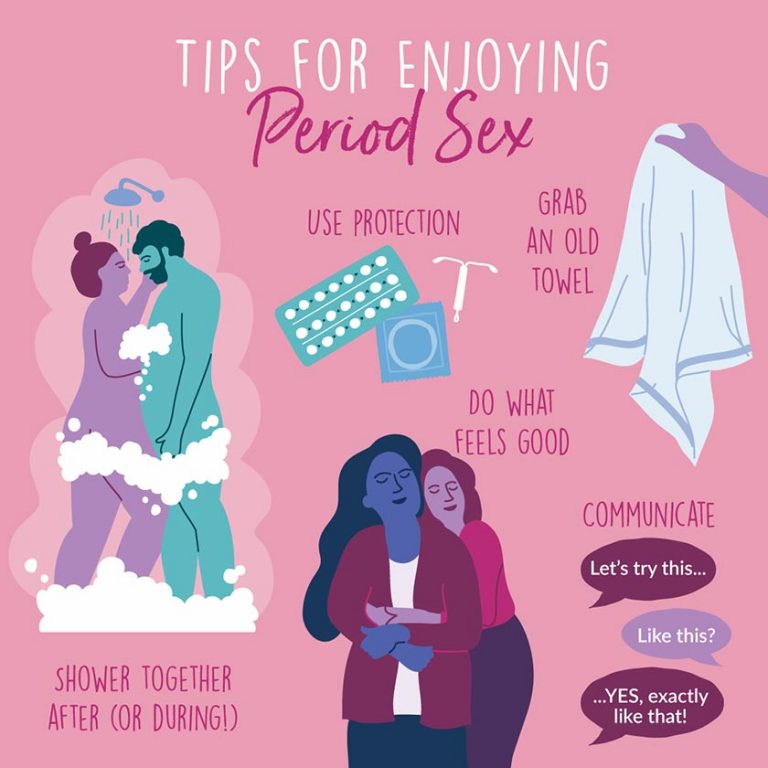
These mix-ups are common and since the evidence is not conclusive until you take an actual pregnancy test, there’s no practical way to guarantee it. In other cases, women have mistaken their spotting for implantation bleeding, only to get their period a day or so later. In some cases, women have mistaken their implantation bleeding for a period, resulting in an inaccurate due date estimate.

I Am Confused Whether This Is Implantation Bleeding or the Beginning of My Period? A woman with a fairly regular cycle will be quick to notice a seemingly unexplained pinker/lighter/milder period when a pregnancy is possible. Stress or a change in medication can cause changes in menstrual patterns, it’s true, but those changes are generally foreseeable and recognizable.

Wearing a white pantyliner or white underwear can help accurately determine the shade. Implantation bleeding is pinkish/brownish in color.Here are some key differences to look for:

For this reason, it is important to differentiate implantation bleeding from a typical first day menstrual cycle by color, consistency, and intensity. The Difference Between Implantation Bleeding and Menstrual Bleedingįor some women, implantation bleeding and the expected onset of her menstrual period may overlap. This puts the implantation bleeding window just a day or so before a woman would otherwise expect her period. The average is 8 or 9 days after ovulation/fertilization. Implantation typically occurs 6-12 days after ovulation/fertilization, although some sources give it a wider range of 5-14 days. Think of it as the afterparty, or even the after-after party. Bleeding can occur anytime within a week after implantation. Implantation bleeding isn’t necessarily the exact day of implantation. Track your baby’s growth, find safe and natural remedies, and have fun along the way! Get Pregnancy Updates! The implantation process can be accompanied with vaginal bleeding or spotting, and maybe a little cramping. The baby implants in the uterus by way of blood vessels and a stalk that will become the umbilical cord. The blastocyst reaches the cushy uterine destination, is accepted by it, and attaches to it. To prepare, the uterine lining gets thick, spongy, and vascular to make it an ideal cushion for a potential, burrowing blastocyst.įinally the long-awaited day arrives and the uterus receives chemical signals that its monthly project was not in vain again and it’s time to fluff the pillows. After each and every monthly ovulation, the uterus has been hoping for this by preparing the uterine wall. Not only is baby growing, but he or she is journeying down the fallopian tube toward the uterus.Īnd the uterus can’t wait. Throughout this time of subdivision and cell growth, baby has been multitasking. At the blastocyst stage, baby is ready to implant. The zygote continues to grow and subdivide to become what we’ve been waiting for: a blastocyst. The embryo divides into two cells to become a zygote. The parents’ genetic material fuses together to create an embryo with its own unique DNA. At a conception, a male sperm swims to meet a female egg, or ovum, in the fallopian tube where one lucky swimmer enters the egg and fertilizes it. To explain the biology of implantation, we need to rewind the tape.

What Came First? The Implantation or the Egg? In this post, we’ll tell you everything you need to know about implantation bleeding (with photos!) so that you’ll know if you may be pregnant, or may have something else going on. Why am I bleeding?ĭoes your spotting or bleeding concern you?įor this reason, it can be tricky to identify a true implantation bleed versus some other kind of spotting. What if I don’t have implantation bleeding? How long does implantation bleeding last? The difference between implantation bleeding and menstrual bleedingĬonfused whether it’s implantation bleeding or the beginning of period? What came first? The implantation or the egg?


 0 kommentar(er)
0 kommentar(er)
